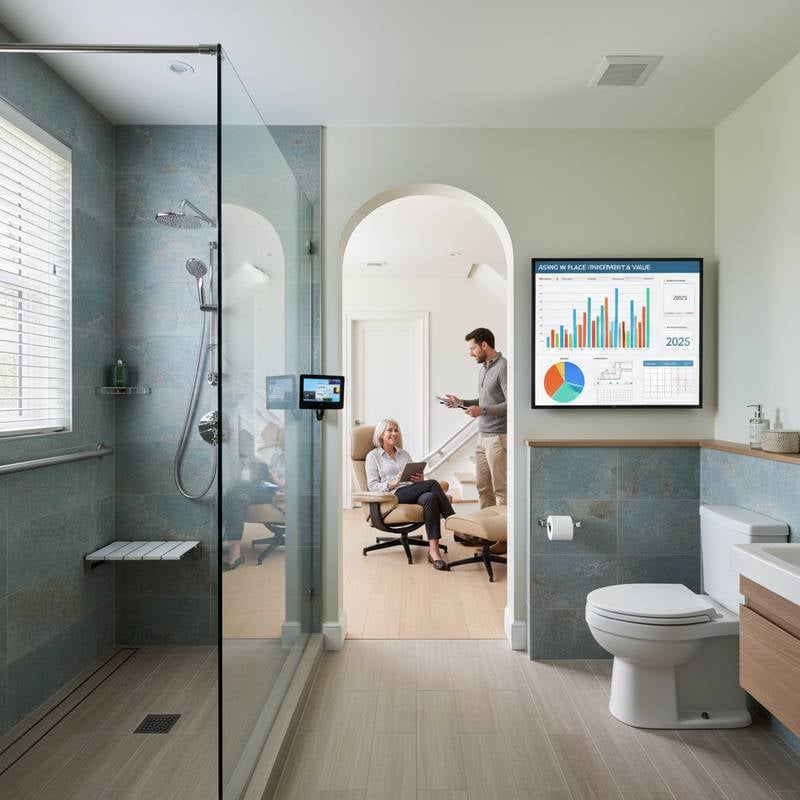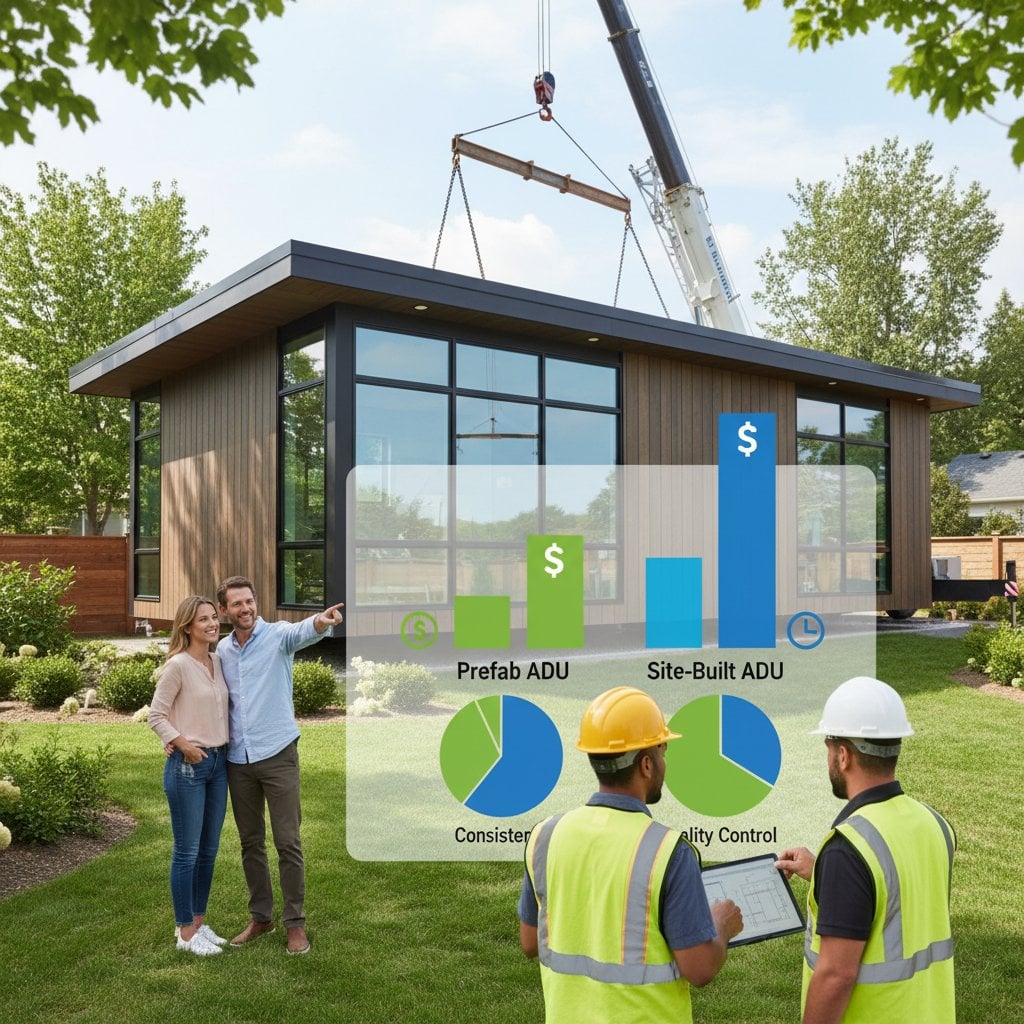Basement Finishing Costs Soar to $95 Per Square Foot in 2025
A finished basement adds valuable living space, enhances daily comfort, and boosts resale potential. This guide breaks down the costs of a basement remodel in 2025, highlights design trends that maximize return on investment (ROI), and provides practical steps to protect your investment. Whether you are planning a family suite or a home theater, understanding these factors ensures a project that delivers lasting value.
Breaking Down 2025 Basement Finishing Costs
National and Regional Cost Ranges
According to the 2025 Remodeling Impact Report by the National Association of Home Builders, basement finishing costs range from $35 to $95 per square foot. For a 1,200 square foot basement, expect to spend between $42,000 and $114,000, depending on finish quality, labor rates, and pre-existing conditions like moisture or structural issues. Costs vary widely by region:
- Midwest: $35 to $70 per square foot
- South: $38 to $78 per square foot
- West Coast: $55 to $95 per square foot
- Northeast: $45 to $85 per square foot
Cost by Trade and Hidden Expenses
A detailed cost breakdown helps in budgeting accurately. Framing and insulation run $3 to $9 per square foot, covering studs and moisture barriers. Drywall and ceilings cost $2 to $6 per square foot, while flooring options like luxury vinyl plank (LVP) or engineered wood range from $4 to $12 per square foot. Electrical work, including smart home features, averages $3 to $7 per square foot, and plumbing for a wet bar or bathroom can hit $5 to $15 per square foot. Finishing touches such as paint and trim add $2 to $6 per square foot. Do not overlook hidden costs like waterproofing ($3,000 to $8,000), egress windows ($1,200 to $2,500 each), and HVAC extensions ($4,000 to $9,000). Always reserve a 10 to 15 percent contingency for unexpected challenges.
2025 Design Trends Boosting Basement Appeal
Basements are evolving into multifunctional spaces. Multi-generational suites with private bathrooms and separate entrances cater to growing family needs, adding bedroom count without expanding the home's footprint. Home theaters, averaging $12,000 in 2025, remain a sought-after feature, potentially increasing appraised value by 5 percent with quality components. Wellness zones like gyms or yoga spaces appeal to health-conscious buyers, especially when paired with low-VOC paints and circadian-friendly lighting. Sustainable choices, such as recycled flooring and energy-efficient systems, reduce costs and attract eco-minded buyers.
Maximizing ROI for Your Basement Project
What the Numbers Reveal
A Zillow Home Value Index analysis of homes with finished basements from 2022 to 2024 shows an average ROI of 71 percent. A $70,000 investment could raise resale value by about $99,700, though returns differ by market: 78 percent in urban areas, 71 percent in suburban zones, and 62 percent in rural markets.
Strategies to Increase Returns
Certified waterproofing boosts buyer confidence by 5 to 10 percent. Energy-efficient upgrades like mini-split HVAC systems add $3,000 to $5,000 to appraisals. Luxury features, such as a wet bar or built-in storage, can elevate perceived value by $10,000 to $20,000. Full permits and compliance documentation also reassure buyers, often justifying a higher price.
Practical Planning Tips for a Successful Remodel
Start with a detailed scope and budget, listing every trade and material alongside a 10 to 15 percent contingency. Request three bids from licensed contractors, ensuring they address waterproofing and permits. Prioritize moisture control with exterior drainage, sump pumps, and proper sealing of wall penetrations. Select durable materials like LVP for flooring and moisture-resistant drywall for walls. Plan for flexibility with open layouts and pre-installed plumbing rough-ins for future additions. Handle non-structural DIY tasks like painting, but hire professionals for electrical, plumbing, and waterproofing to avoid safety risks and value loss.
Maintaining Your Finished Basement
Regular upkeep preserves your investment. Test sump pumps every six months, replacing them every 7 to 10 years. Clean dehumidifier filters seasonally to ensure proper function. Follow manufacturer guidelines for flooring care, noting that LVP can last 10 to 20 years with minimal maintenance. Keep all permits, warranties, and maintenance logs organized for future buyers.
Addressing Common Homeowner Questions
Many wonder about ceiling height requirements; most codes mandate 7 feet for habitable spaces, though some allow 6 feet 8 inches under specific conditions. Separate permits for home theaters are typically unnecessary if included in the main renovation permit. DIY projects can save on labor for simple tasks, but critical systems require professional expertise to maintain ROI. A standard 1,200 square foot project often takes 8 to 12 weeks, barring delays from structural or permitting issues.
Take Control of Your Basement Transformation
Define your goals, whether adding living space or increasing home value, and build a budget using the cost ranges provided. Schedule a professional assessment to confirm feasibility, and compare multiple contractor bids for clarity on scope and price. Document every step, from inspections to material choices, to ensure long-term appeal. A well-planned basement remodel in 2025 can transform your home while delivering substantial financial returns.











